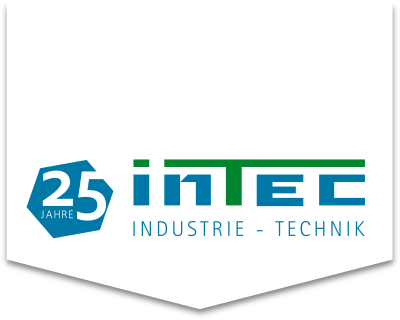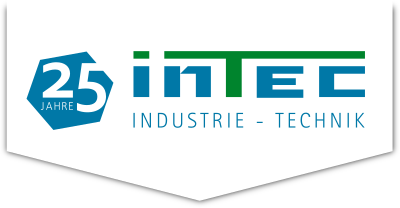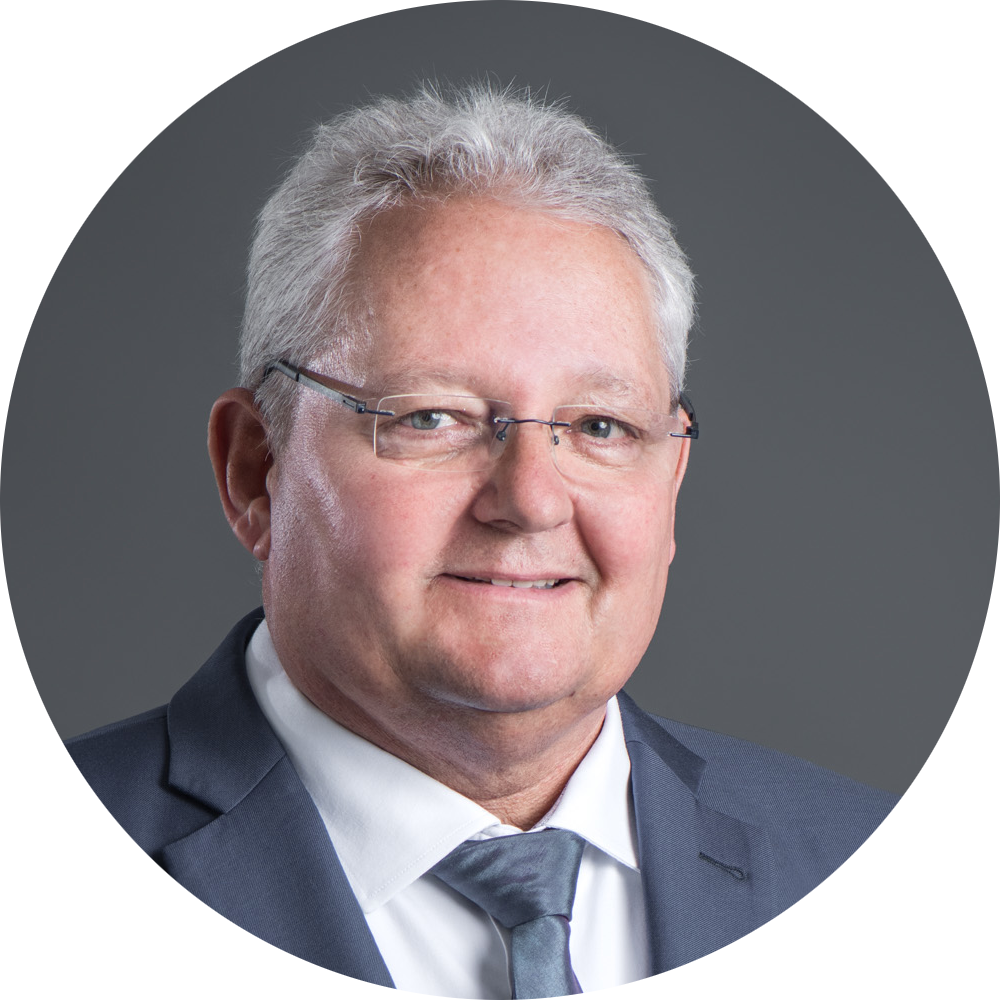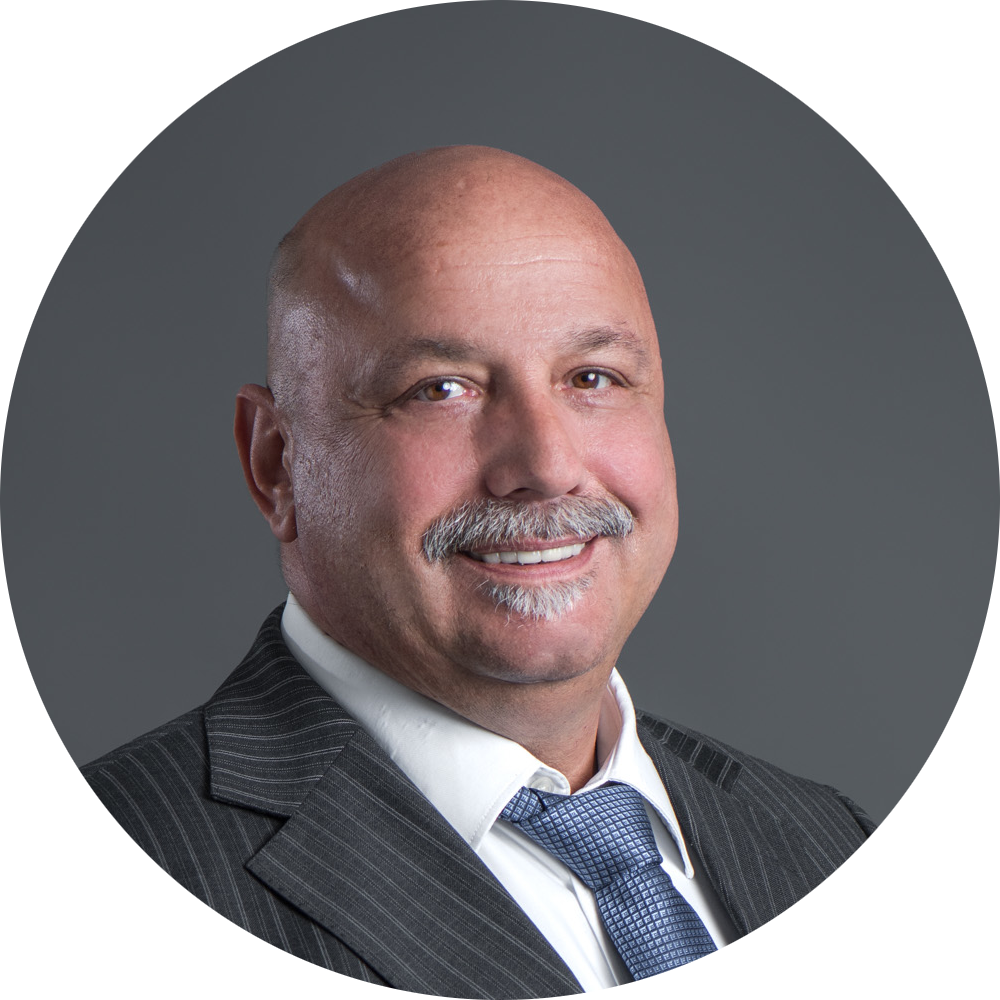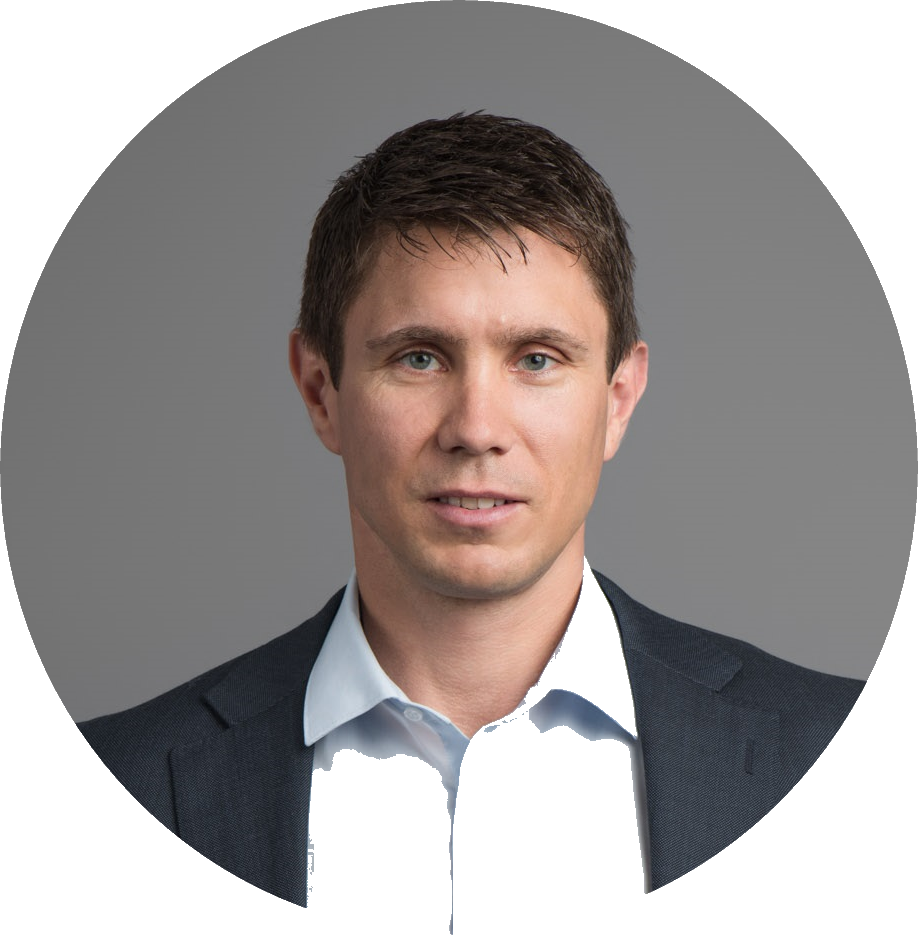Experienced.
Close to the customer.
Competent.
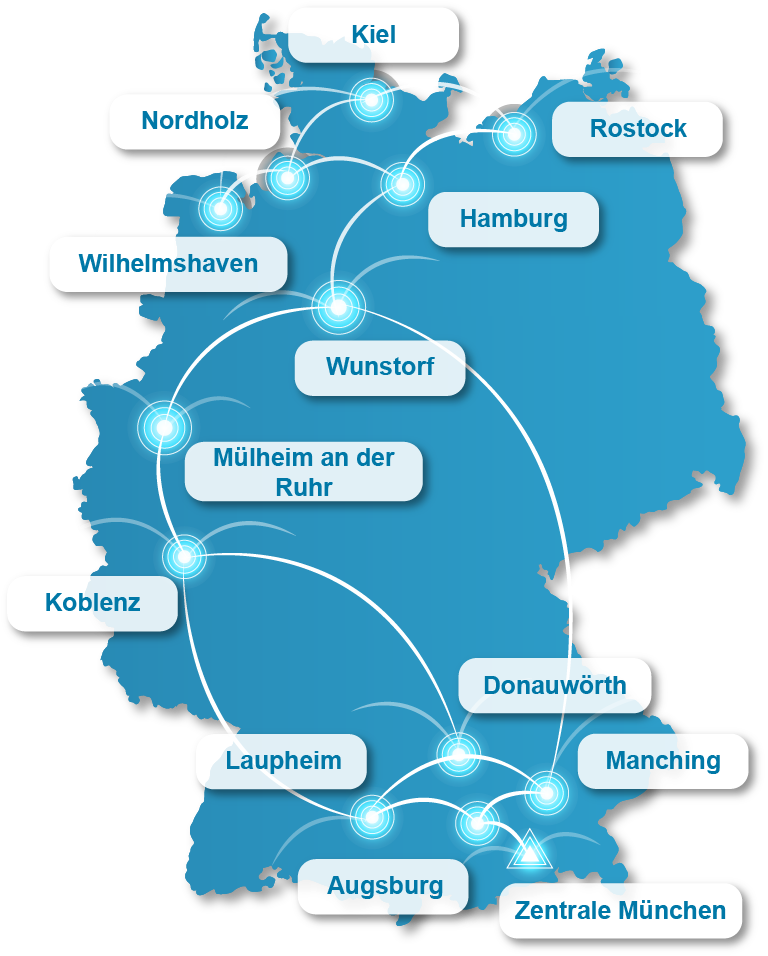
We are a reliable partner for our employees and customers.
Our success is based on trust, integrity and respect.
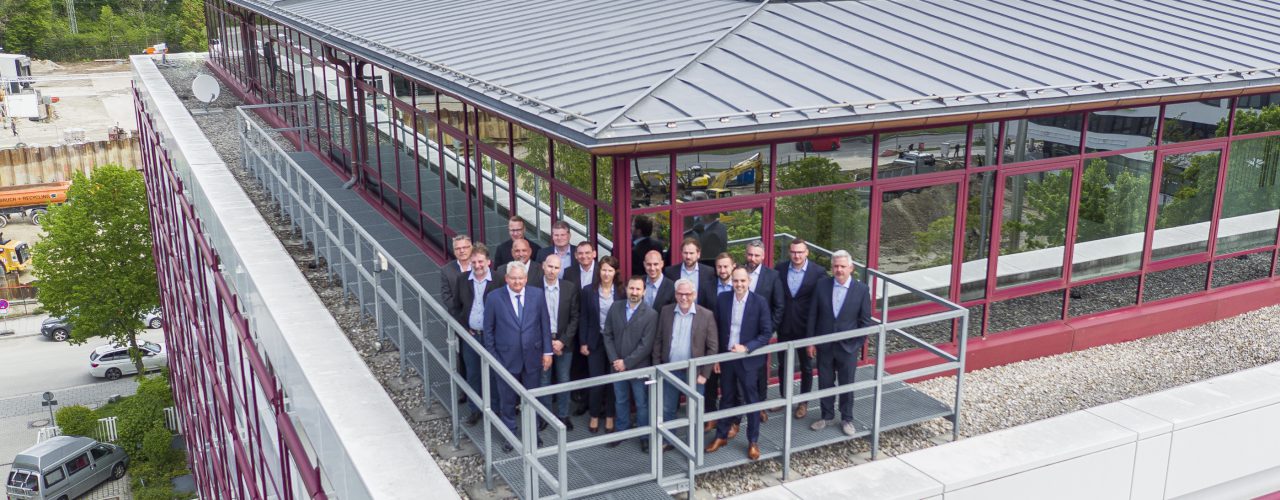
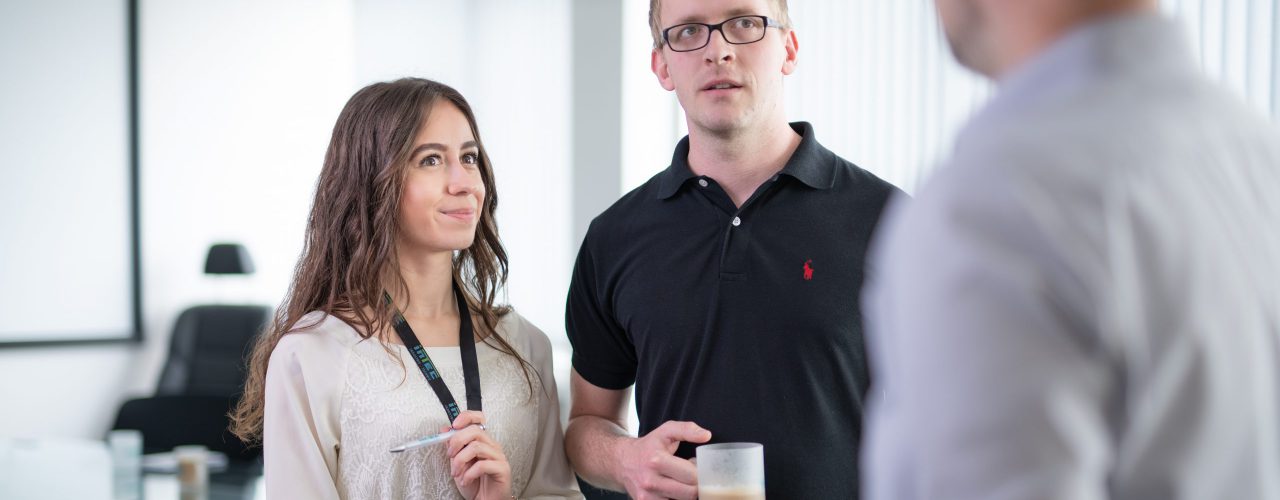
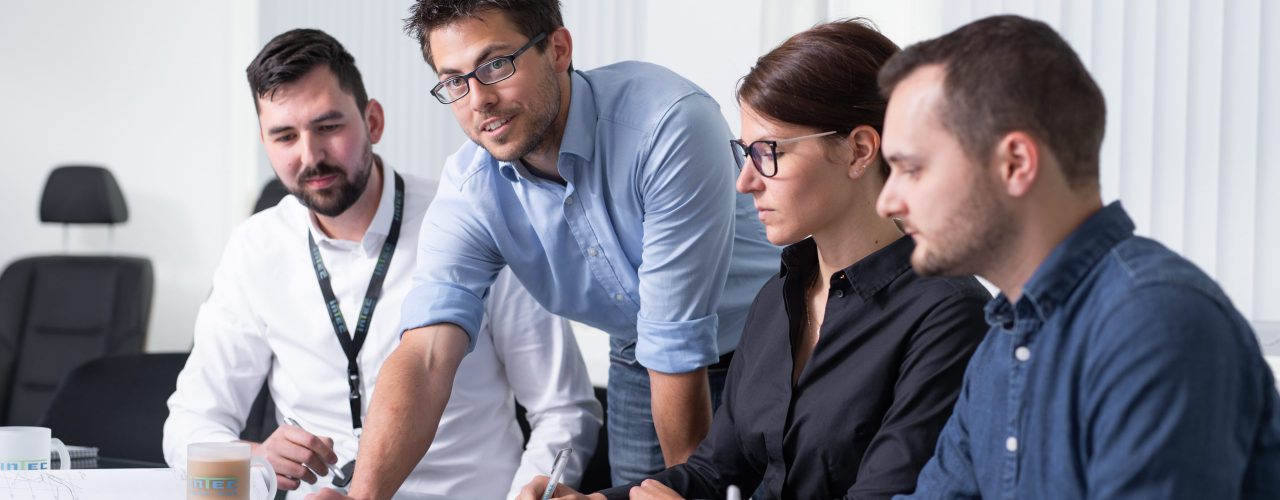
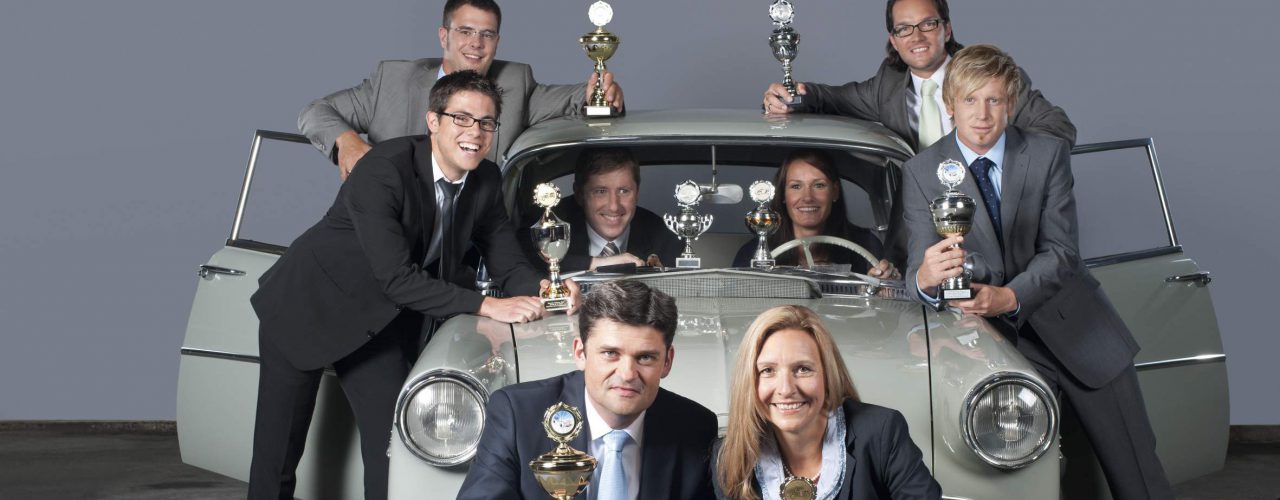
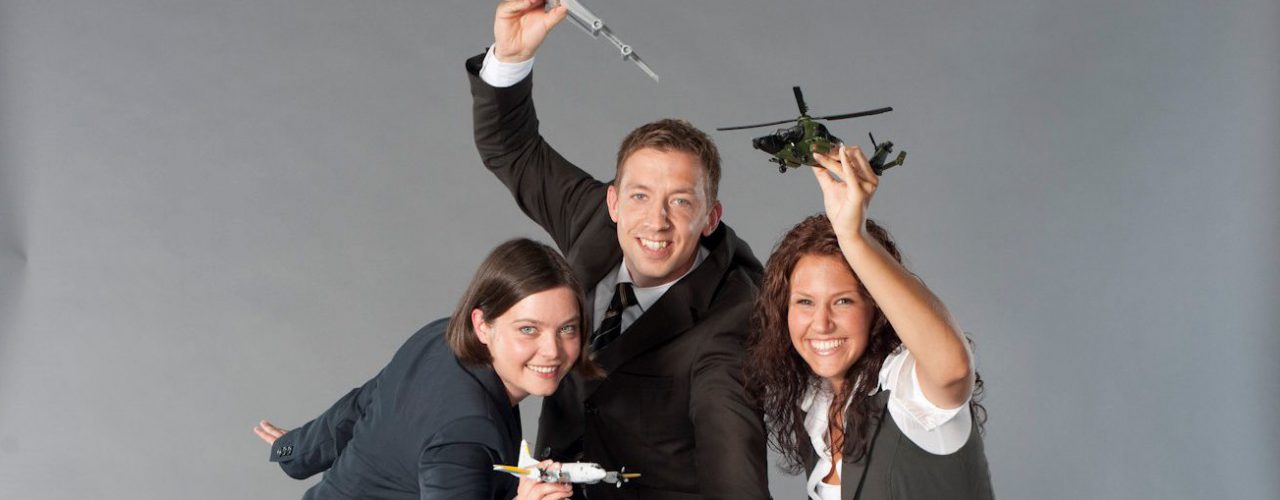
1999Foundation of INTEC Industrie-Technik GmbH & Co. KG
INTEC was founded by Michael Phillipps, Reinhard Baranowski, Ralf Franz and David Weber as an independent engineering company in Dietramszell / Lochen. At the same time, the first branch office was opened in Poing.
2005Opening of our second Branch Office in Laupheim
The second branch of INTEC was opened in Laupheim. Here we have been dedicated to the development of aircraft cabins and components since then.
2008Opening of our Branch Office in Donauwörth
In 2008, INTEC's third branch was opened in Donauwörth. Since then, we have dedicated ourselves to the development and support of helicopters in the Helicopter Technology Park.
2010Opening of our Branch Office in Manching
We have been represented in our Manching branch since 2010, where we service fixed-wing aircraft such as the P3-C ORION.
2013Move from Poing to Munich
In 2013, we decided to give up our original location in Poing and move to Munich, closer to our important customer. From Munich we can serve the projects of our automotive customer even better.
2014Opening of our Branch Office in Kiel und Wilhelmshaven
In 2014, we expanded our industry portfolio to include marine systems engineering and at the same time opened our branches in Kiel and Wilhelmshaven.
2014Fundation of Integueri GmbH
Together with our partner tagueri AG, we founded our joint subsidiary Integueri GmbH in 2014, which offers customized design solutions for our joint customer.
2016Opening of our Branch Office in Rostock und Augsburg
In 2016, we continued to expand successfully and opened offices in Rostock and Augsburg. Both offices focus on the technical documentation of industrial applications.
2019Opening of our Branch Office in Koblenz
In order to be able to support public client projects even more optimally and efficiently, we opened our office in Koblenz in 2019.
2020New Shareholder
After Michael Phillipps left the company, Daniel Baranowski, Daniel Sieve and Christian Kuwer joined the company as new shareholders.
We strive for a long-term partnership with both our customers and our employees based on mutual respect and trust. In our view, integrity and honesty form the best basis for the future-oriented development of our business areas.
Die Verfolgung jeglicher Visionen ist nur mit motivierten und engagierten Mitarbeiter möglich. Unser Ziel ist es daher, ein Betriebsklima zu schaffen, in dem sich jeder Mitarbeiter individuell wohl fühlen kann. Die Anerkennung individueller Leistungen, das Einräumen von Entscheidungsspielräumen, die Förderung von Initiative und Kreativität und die Möglichkeit zur optimalen Aus- und Weiterbildung bilden die Grundlage der Unternehmensphilosophie, die auf traditionelle Werte zählt und deren Eckpfeiler moralische und ethische Grundsätze sind.
In order to provide the highest possible value to our customers, we work with experienced partners in specific areas of expertise. These are among others:
The INTEGUERI GmbH is a joint venture of INTEC together with Tagueri AG from Hamburg. Together, we develop specific interior solutions for commercial aircraft as a 1st tier supplier and offer further comprehensive engineering services.
Why is INTEC Industrie Technik GmbH & Co.KG a climate neutral company?
The consequences of global warming are becoming more and more noticeable and the pressure on politics as well as on companies to act is increasing. There is now a global consensus that we urgently need to counteract man-made climate change.
The global community has agreed that global warming must be limited to below 1.5 degrees Celsius to prevent catastrophic consequences. But the current pledges of individual countries are only sufficient to limit warming to a maximum of 4 degrees. Closing this ambition gap will require an additional and significant commitment from businesses as well as citizens. We have recognized that voluntary emission reductions by companies are essential to effectively counteract climate change. That is why we have decided to neutralize our CO2 emissions and thus want to make a contribution to a future worth living.
Because we don’t just want to analyze problems, we also want to act accordingly.
We are aware of our special responsibility as a company towards future generations and have acted accordingly. The climate impact of our company has been determined for us by “Fokus Zukunft”:Our CO2 footprint is approximately 818 metric tons of CO2 equivalents per year. To put this into perspective: On average, a German causes around 11 tons of CO2 per year through his or her lifestyle.
By purchasing a total of 1,636 climate protection certificates for the years 2021 and 2022, our CO2 footprint will be offset. We use these certificates to support a project to install ecological cooking stoves in Kenya and a hydropower project in India.
We thus support projects in emerging and developing countries and make an additional contribution to improving the economic, social and ecological situation, thus supporting the realization of the United Nations’ Sustainable Development Goals. For emerging and developing countries, emissions trading is a key driver for the transfer of clean technologies and sustainable economic development.
This greenhouse gas balance sheet provides a transparent overview of our company’s greenhouse gas emissions. The report thus forms an important building block in our climate protection commitment.
We have received the “climate-neutral company” award for offsetting our greenhouse gases.
What is a carbon footprint?
The carbon footprint is the measure of the amount of greenhouse gases (measured in CO₂ equivalents) produced directly and indirectly, by an activity of an individual, a company, an organization, an event or a product. It includes the resulting emissions from raw materials, production, transport, trade, use, recycling and disposal. The basic idea of the CO2 footprint or carbon footprint is therefore to create a basis on which influences on the climate can be measured, evaluated and compared. In this way, necessary reduction potentials can be identified, measures can be developed and their effectiveness can be evaluated.
The corporate carbon footprint is the CO2 footprint of a company and the product carbon footprint is the CO2 footprint of a product.
What does carbon neutrality mean?
According to the principle of CO2 compensation described in the Kyoto Protocol, greenhouse gases that are produced in one place on earth and cannot be avoided should be saved by climate protection projects in another place. To finance these, companies buy certificates of corresponding climate protection projects from the six available project sectors (biomass, cooking stoves, solar energy, forest protection, hydropower and wind energy). Each certificate represents 1 ton of CO2 saved by the respective project. There are numerous climate protection projects worldwide, most of which support renewable energy projects. The initiators of these projects receive emission credits for their commitment, which can be traded in the form of climate protection certificates. The amount is measured, for example, by comparison with the emissions that would have resulted from the construction of a coal-fired power plant.
How was the amount of CO2 emissions from our company calculated?
We commissioned the external sustainability consultancy Fokus Zukunft to calculate the footprint of our company. The emissions footprint was calculated using the official guideline of the “Greenhouse Gas Protocol”.
What is reported according to the Greenhouse Gas Protocol?
Emissions are divided within the Greenhouse Gas Protocol according to Scopes 1, 2 and 3, each comprising different types of greenhouse gas emissions. Scope 1 includes direct emissions from owned energy facilities. Scope 2 includes emissions that occur indirectly in the provision of energy to the company. Scope 3 emissions are further indirect emissions that occur throughout the value chain.
Which greenhouse gases are included in the calculation?
The seven main greenhouse gases defined by the Intergovernmental Panel on Climate Change (IPCC) and the Kyoto Protocol – carbon dioxide (CO2), methane (CH4), nitrous oxide (N2O), hydrofluorocarbons (HFCs), perfluorocarbons (PFCs), nitrogen trifluoride (NF3) and sulfur hexafluoride (SF6) – are included in the calculation of greenhouse gas emissions.
What are CO2 equivalents?
Not each of the seven major greenhouse gases is equally effective. For example, methane is 21 times more damaging to the climate than CO2, nitrous oxide 310 times, and sulfur hexafluoride as much as 14,000 times. To compare emissions, all greenhouse gases are therefore converted to CO2. This is then referred to as CO2 equivalents.
How are the collected consumption data converted into greenhouse gas emissions?
The conversion of the collected consumption data (such as electricity consumption or fuel consumption) is done using emission factors, which indicate the emissions per unit (e.g. per kilowatt hour of electricity or liter of gasoline). The emission factors come mainly from DEFRA (Department for Environment, Food and Rural Affairs), but also from the GEMIS database (Global Emissions Model of Integrated Systems, IINAS) and the Ecoinvent database, and are updated regularly.
How are emission certificates generated?
The initiators of the climate protection projects – mainly renewable energy projects – receive emission credits for their commitment, which can be traded in the form of climate protection certificates. The amount of the emissions offset is measured, for example, by comparing it with the emissions that would have resulted from building a coal-fired power plant instead of generating renewable electricity.
What quality criteria do the climate protection projects meet?
The climate protection projects we purchase are each accredited, approved and monitored according to one of the three internationally recognized certification standards – VCS (Verified Carbon Standard), UN CER (Certified Emission Reduction of the United Nations) or the Gold Standard developed by WWF. The validation of the project results, in terms of CO2 savings achieved, is certified by independent testing bodies, such as TÜV.
What happens to the CO2 certificates after they have been purchased?
The purchased number of CO2 certificates are retired. This is significant in that this decommissioning is a prerequisite for the design and marketing of CO2-neutral companies and/or products. Without decommissioning, a CO2 certificate could continue to be traded in the voluntary market if necessary, which would not achieve any additional emission reduction.
Why are international projects supported?
Climate change is global, so it does not matter where CO2 emissions are emitted or saved, in the end it is the sum of greenhouse gases that is decisive. In Germany, the reduction or compensation of CO2 is very expensive, in emerging and developing countries, however, the compensation is cheaper. The Kyoto Protocol, which is binding under international law, therefore stipulates that so-called climate protection projects that avoid or store greenhouse gas emissions should take place where they are most economical. Accordingly, there are many projects in newly industrializing and developing countries, since the potential for savings through new technologies is still very high here and these can be used much more cost-effectively. In addition, the conditions for renewable energy systems (solar, wind, hydro and biomass) are often much more favorable there. In addition, the projects in emerging and developing countries help to improve the economic, social and ecological situation and support the realization of the United Nations’ sustainability goals. For emerging and developing countries, emissions trading is a key driver for the transfer of clean technologies and sustainable economic development.
